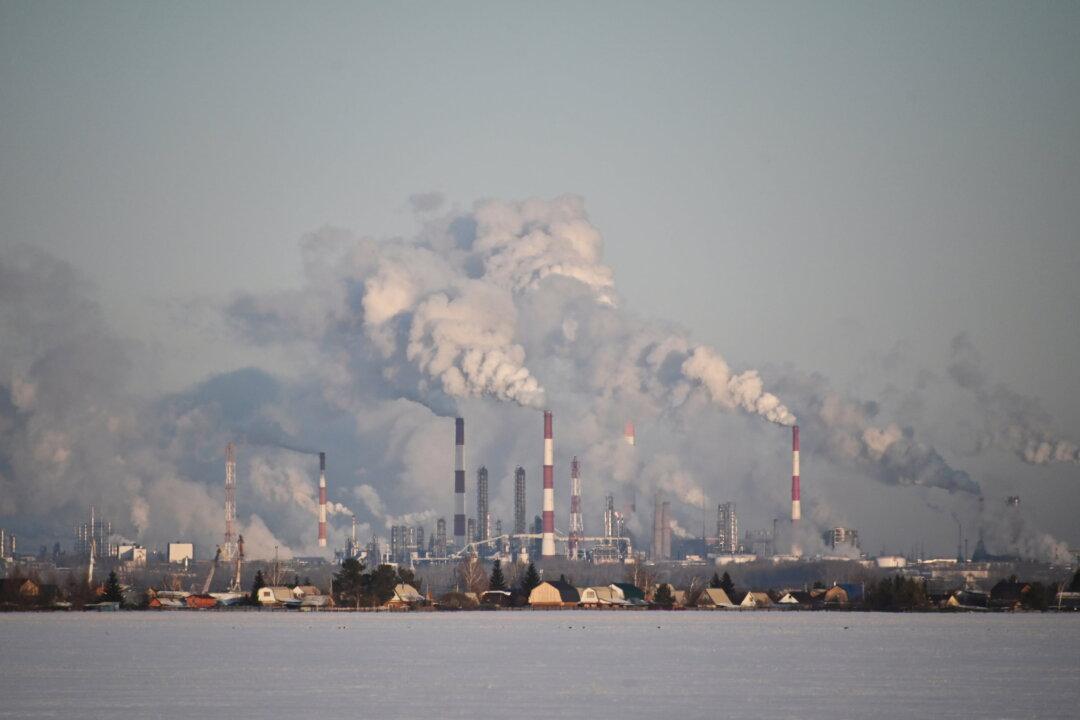Global commodity prices skyrocketed on March 7, as the Russian–Ukrainian conflict has caused industrial buyers and traders to scramble for new sources of raw materials hit by supply disruptions.
Russia’s attack on Ukraine nearly two weeks ago has prompted massive sanctions against Russia by the United States and its Western allies.The sanctions against Russia are the most sweeping ever experienced by a large economy.





